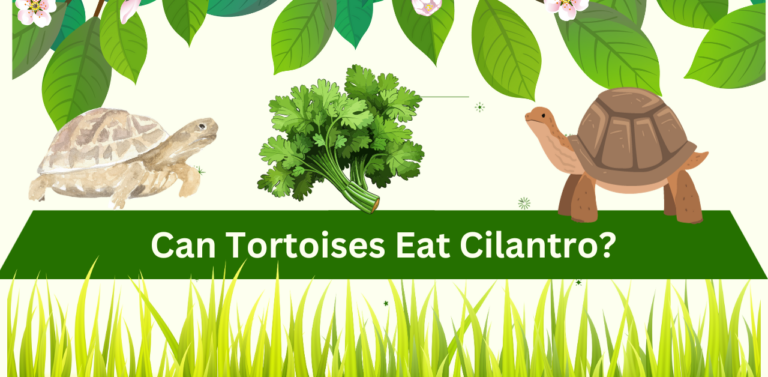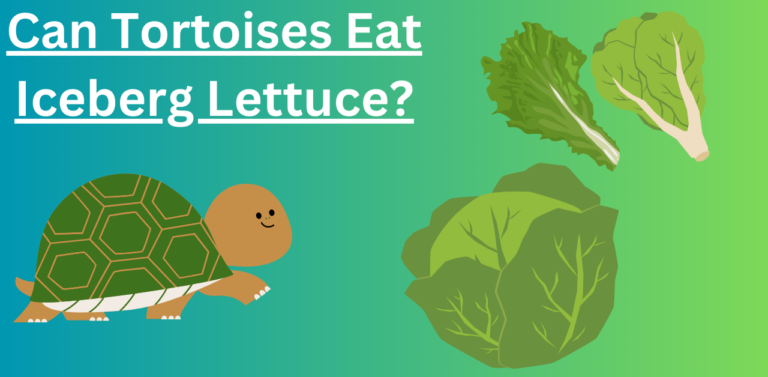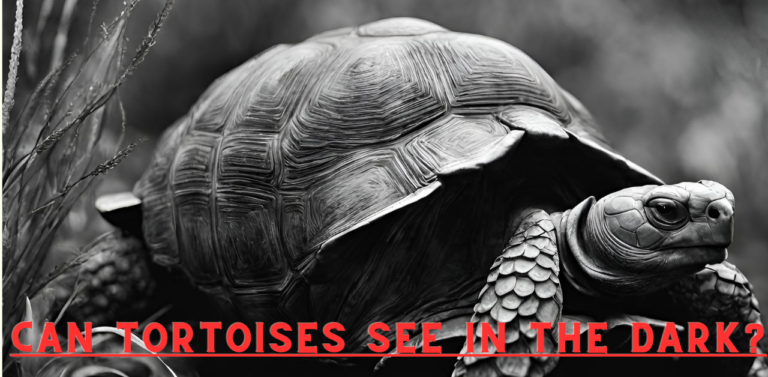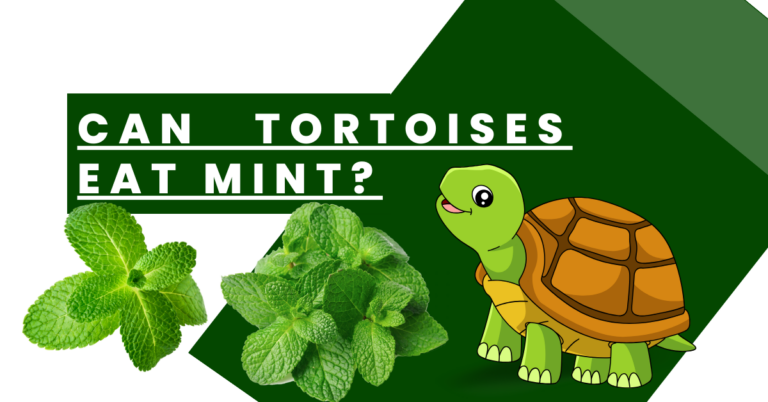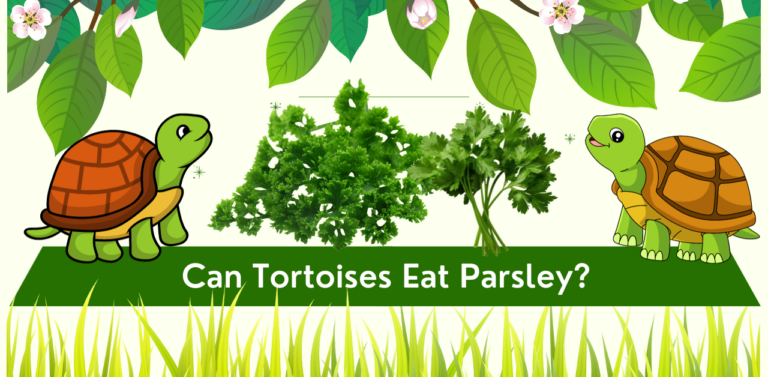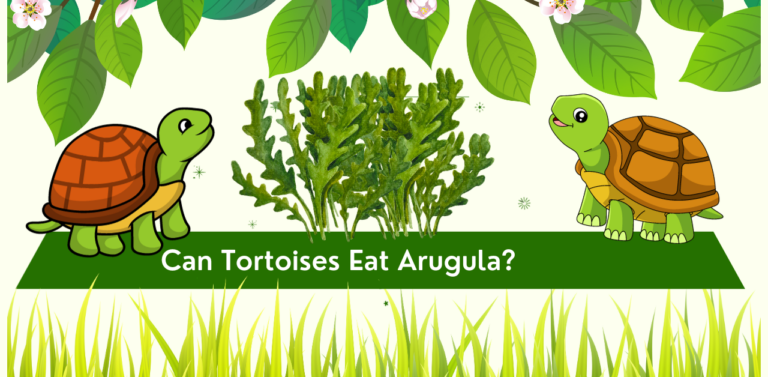Sulcata turtles, otherwise called African prodded turtles, are a famous animal group among reptile lovers because of their remarkable characters and noteworthy size. When it comes to their diet, owners often wonder about the suitability of various vegetables, including collard greens. This article delves into whether sulcata tortoises can eat collard greens, discussing nutritional benefits, potential risks, and best practices for feeding.
Nutritional Benefits of Collard Greens for Sulcata Tortoises
Turtles Collard greens are a nutritious verdant green vegetable that can be a helpful piece of a sulcata turtle’s eating regimen. They are high in nutrients A, C, and K, as well as calcium and fiber. These nutrients are essential for a sulcata tortoise’s health, supporting shell and bone health, immune function, and digestive health.
Calcium to Phosphorus Ratio
An important factor to consider in a sulcata tortoise’s diet is the calcium-to-phosphorus ratio. Ideally, their food should have a higher calcium than phosphorus content to prevent metabolic bone disease. Collard greens have a positive calcium-to-phosphorus proportion, making them a reasonable decision for sulcatas.
Oxalates and Goitrogens
While collard greens are nutritious, they also contain oxalates and goitrogens. Oxalates can tie to calcium, making it inaccessible to the turtle, while goitrogens can obstruct thyroid capability. In any case, when taken care of with some restraint and as a feature of a fluctuated diet, the effect of these mixtures is negligible.
Feeding Practices
When feeding collard greens to a sulcata tortoise, it’s important to follow these guidelines:
- Moderation: Collard greens should not be the only food offered. They are best filled in as a component of a shifted diet that incorporates other mixed greens and vegetables.
- Preparation: Wash the greens completely to eliminate any pesticides or impurities. Slash them into little, sensible pieces for simpler utilization.
- Frequency: Bring collard greens bit by bit into their eating regimen and notice any unfavourable responses. They can be offered a couple of times each week as a component of the feast pivot.
Overall Diet Considerations
A sulcata tortoise’s diet should primarily consist of grasses and hay, mimicking their natural diet in the wild. Leafy greens like collard greens can be included but should not dominate the diet. It’s also essential to avoid feeding sulcatas foods high in sugar and protein, which can lead to health issues.
Can Russian Tortoises Eat Collard Greens?
Indeed, Russian turtles can eat collard greens. Collard greens are a nutritious decision for these turtles, giving fundamental nutrients and minerals. It’s vital to incorporate collard greens as a component of a fluctuated diet, which ought to likewise contain other mixed greens and vegetables. Continuously make sure to wash the greens completely to eliminate any pesticides or impurities. Additionally, it’s a good practice to chop the greens into small, manageable pieces to make it easier for the tortoise to eat. Similarly as with any dietary changes or concerns, talking with a veterinarian about reptiles can give fitted guidance to your particular turtle’s requirements.
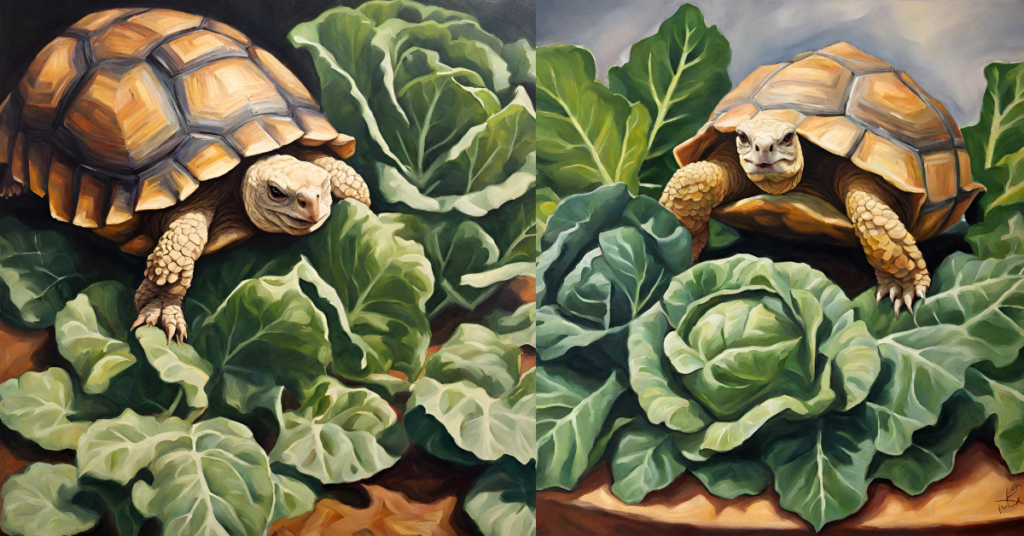
Can Hermann Tortoises Eat Collard Greens?
Indeed, Hermann turtles can eat collard greens. Collard greens are a decent wellspring of nutrients and minerals, and they can be a sound piece of a Hermann turtle’s eating routine. Similarly, as with any food, they ought to be presented with some restraint and as a feature of a changed eating regimen. This diet should include a range of other leafy greens, vegetables, and occasional fruits, depending on the specific dietary needs of the species.
It’s crucial to wash all greens completely to eliminate any pesticides or synthetics. Cutting the greens into more modest pieces can likewise make them simpler for the turtle to eat. Since the dietary needs of tortoises can vary based on factors like age, size, and health, it’s advisable to consult with a veterinarian familiar with reptiles for personalized dietary advice.
Can Desert Tortoises Eat Collard Greens?
Indeed, desert turtles can eat collard greens. Collard greens are a nutritious decision and can be remembered for their eating routine. These greens provide essential vitamins and minerals beneficial for the tortoise’s health. Nonetheless, it’s vital to take care of collard greens as a component of a fluctuated diet, which ought to likewise incorporate different kinds of salad greens and fitting vegetables.
For desert tortoises, it’s crucial to ensure that their diet is high in fibre and calcium but low in protein and sugars. This helps mimic their natural dietary intake in the wild. Continuously completely wash the greens to eliminate any pesticides or synthetics.
Since the dietary requirements of tortoises can vary based on their specific species, age, size, and health conditions, it’s always a good idea to consult with a veterinarian who specializes in reptiles to get tailored advice for your particular tortoise.
Conclusion: Can Sulcata Tortoises Eat Collard Greens?
Collard greens can be a healthy and beneficial part of a sulcata tortoise’s diet when fed correctly. Their high nutritional value, particularly in vitamins and calcium, makes them a good choice for occasional inclusion. However, it is crucial to maintain a balanced and varied diet for your sulcata, ensuring they receive all the nutrients they need for a long and healthy life. Proprietors ought to constantly talk with a veterinarian or a reptile nourishment master while rolling out critical improvements to their pet’s eating routine.
FAQs: Can Sulcata Tortoises Eat Collard Greens?
Yes, sulcata tortoises can safely eat collard greens. They are nutritious and offer a good source of vitamins and minerals essential for tortoise health.
Collard greens can be fed a few times a week as part of a varied and balanced diet. They should not be the sole component of the diet.
Yes, it’s recommended to chop the collard greens into small, manageable pieces to make it easier for the tortoise to eat and digest.
Yes, but in very small amounts and not as a major part of their diet. Baby sulcatas require a diet more focused on grasses and hay.
It’s not recommended to feed collard greens daily. Variety is key in a tortoise’s diet to ensure they receive a range of nutrients.

